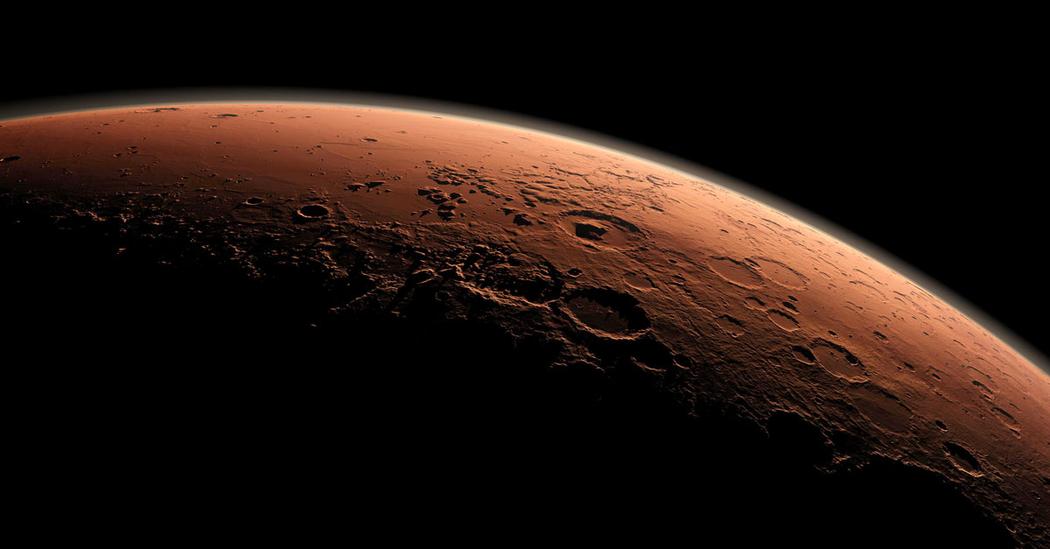-
Posts
840 -
Joined
-
Last visited
Content Type
Profiles
Forums
Events
Everything posted by Endercreeper01
-

A Thread Of Space Travel Speculation
Endercreeper01 replied to MacLec's topic in Astronomy and Cosmology
If you have mass, it is impossible to go at the speed of light, but it is possible to go near it. The energy required to get an object with mass m to a velocity of v is [latex]E=mc^2 \left(\frac{1}{\sqrt{1-\frac{v^2}{c^2}}} - 1 \right)[/latex] Where c is the speed of light and E is energy. However, it requires huge amounts of energy which are difficult to obtain with our current technology. Currently, we are not able to, but we may be to one day. -

The Official "Introduce Yourself" Thread
Endercreeper01 replied to Radical Edward's topic in The Lounge
Welcome, jwlallen. -
The proportionality constant is [latex]c^2[/latex] because when you square the coordinate [latex]ct[/latex], you have to multiply the square of c and the square of t together, so it becomes [latex]c^2t^2[/latex]. It does not imply that we live in a 2 dimensional universe.
-

IS IT GRAVITY THE MAIN SOURCE OF MOVEMENT? MAY BE THE ONLY?
Endercreeper01 replied to Kramer's topic in Speculations
[latex]E=mc^2[/latex] is not the equation for gravitational potential energy. You are claiming that no matter what r is, [latex]\frac{GM}{r}=c^2[/latex]. This is not correct, since the speed of light is always constant. -
You cannot observe these things directly because you have to be at a distance equal to [latex]c\tau[/latex] in order to observe it a time [latex]t[/latex] ago.
-
The fundamental concept of general relativity is that gravity bends space-time. The curvature is described by [latex]R_{ab} - 1/2 R g_{ab} + \Lambda g_{ab}=\frac{8\pi G}{c^4} T_{ab}[/latex] And also by the metric tensor, [latex]g_{ab}[/latex]. [latex]ds^2=g_{ab}\sum dx^a dx^b[/latex]. The fundamental concept of special relativity is that nothing can travel faster then light. Relative velocity is given by [latex]v'=\frac{v+u}{1-\frac{uv}{c^2}}[/latex] and this ensures that the relative velocity never exceeds the speed of light. The energy required to accelerate an object to a velocity v is [latex]E=\frac{mc^2}{\sqrt{1-\frac{v^2}{c^2}}}[/latex] This value approaches infinity as v approaches c, so you would need infinite energy to get something to the speed of light. Because you can't have infinite energy, nothing can be accelerated to the speed of light.
-
A second is defined as 9,192,631,770 periods of radiation between the hyperfine levels of cesium 133.
-

List of books that are acceptable as evidence
Endercreeper01 replied to Schneibster's topic in Physics
I meant almost all of the pop science that I see. Usually, I don't see much math in popsci. -

List of books that are acceptable as evidence
Endercreeper01 replied to Schneibster's topic in Physics
Some pop science is accurate, but most of it is not. It is way oversimplified in order for the public to understand the text, and almost all of the pop science I read has no math (except for E=mc2). -
If the probability of one congressmen to be corrupt was p, then the probability that they are all corrupt is [latex]p^{535}[/latex], since there are 535 congressmen. You also need to determine the value of p.
-
I suspect this is a theory. If it is, it needs to have math, or else it is not a theory.
-
Oh yes, thanks for pointing that out.
-

How density is related to Gravity ??
Endercreeper01 replied to Anand7sem's topic in Astronomy and Cosmology
A black hole's exterior has the same gravitational pull as something else with the same mass and distance from the object. This is the shell theorem, and it was proven by Issac Newton. Density does not have an effect on gravitation. -
Can you provide a link to the article?
-
I think people should be quizzed on the rules when they register. This would make sure that they have read the rules instead of skipping over them. What do you think?
-

The Official "Introduce Yourself" Thread
Endercreeper01 replied to Radical Edward's topic in The Lounge
Welcome, Harpo. -

IS IT GRAVITY THE MAIN SOURCE OF MOVEMENT? MAY BE THE ONLY?
Endercreeper01 replied to Kramer's topic in Speculations
Also, try using latex, so we could more easily see your math. -

IS IT GRAVITY THE MAIN SOURCE OF MOVEMENT? MAY BE THE ONLY?
Endercreeper01 replied to Kramer's topic in Speculations
What exactly are you trying to say? -
If a spaceship was accelerated to the escape velocity of [latex]\sqrt{\frac{2GM}{r}}[/latex], it would still need to apply an acceleration equal to the gravitational acceleration, so that the total force is zero. This force would get weaker with distance, but it would need a force equal to that of gravitation.
-
The curvature of space-time is regardless of if it is antimatter or regular matter. Space-time is curved by mass and momentum, so I don't see how antimatter space-time and matter space-time would differ.
-
Are you able to describe it mathematically? If not, it can't become a theory, since you would need mathematics for it to become a theory. You also need scientific evidence for a theory.

